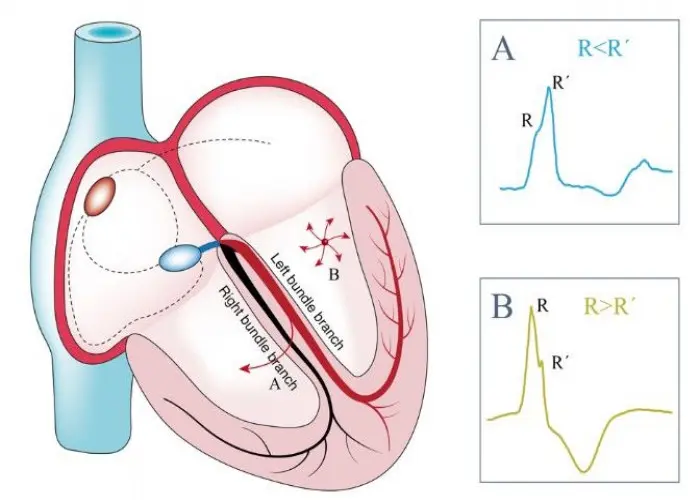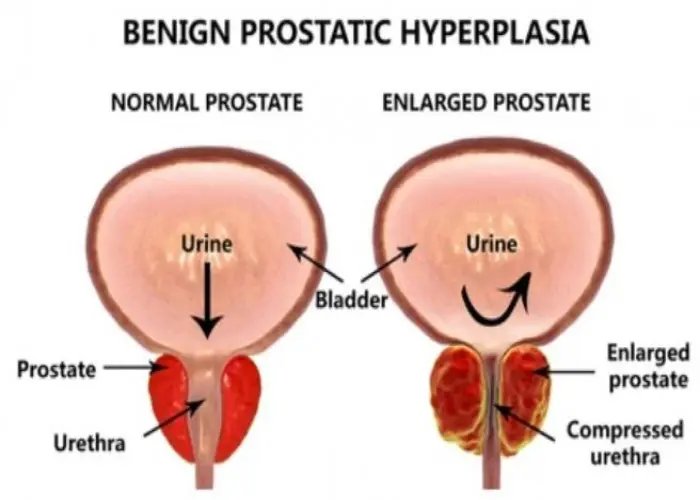 Welcome
Welcome
“May all be happy, may all be healed, may all be at peace and may no one ever suffer."
Patent foramen ovale

Patent foramen ovale (PFO) is a congenital heart defect that occurs when the foramen ovale, a small opening in the heart between the two upper chambers (atria), fails to close after birth. This opening is present in all fetuses and allows blood to bypass the lungs, but typically closes within the first few months after birth. In some cases, however, the opening remains open or reopens later in life.
Many people with PFO have no symptoms and may not even be aware of their condition. However, in some cases, PFO can allow blood clots to travel from the right side of the heart to the left side and potentially cause a stroke or other serious complications. Other symptoms may include shortness of breath, fatigue, and an irregular heartbeat.
Diagnosis of PFO typically involves an echocardiogram, which uses sound waves to create images of the heart. Treatment options may include medication to prevent blood clots or surgery to close the opening using a device inserted through a catheter. The decision to treat a PFO will depend on the individual's age, medical history, and risk of complications.
Research Papers
Disease Signs and Symptoms
- Hole in heart
Disease Causes
Patent foramen ovale
It's unclear what causes the foramen ovale to stay open in some people, though genetics may play a role.
Normal heart function after birth
Understanding how the heart works may help you understand the role of the foramen ovale before birth.
Your heart has four chambers that pump blood:
- The right upper chamber (right atrium). The right atrium receives oxygen-poor blood from your body and pumps it into the right ventricle through the tricuspid valve.
- The right lower chamber (right ventricle). The right ventricle pumps the blood through a large vessel called the pulmonary artery and into the lungs, where the blood is resupplied with oxygen and carbon dioxide is removed from the blood. The blood is pumped through the pulmonary valve, which closes when the right ventricle relaxes between beats.
- The left upper chamber (left atrium). The left atrium receives the oxygen-rich blood from the lungs through the pulmonary veins and pumps it into the left ventricle through the mitral valve.
- The left lower chamber (left ventricle). The left ventricle pumps the oxygen-rich blood through the body's largest blood vessel (aorta) and on to the rest of the body. The blood passes through the aortic valve, which also closes when the left ventricle relaxes.
Baby's heart in the womb
Because a baby in the womb isn't breathing, the lungs aren't working yet. That means there's no need to pump blood to the lungs. At this stage, blood bypasses the baby's lungs and uses a different path to move oxygen-rich blood from the mother to the baby's body.
The oxygen-rich blood travels from the placenta to the baby's body through the umbilical cord. In the baby's body, blood vessels connect to the umbilical cord. Oxygen-rich blood travels to the heart through the vein that drains blood from the body to the right atrium (inferior vena cava). That blood is directed across the foramen ovale and into the left atrium. From there the blood enters the left ventricle, which pumps it throughout the body.
Newborn baby's heart
When a baby's lungs begin working, blood flow through the heart changes. Now the oxygen-rich blood comes from the lungs and enters the left atrium. At this point, blood flow follows the normal route.
The pressure of the blood pumping through the heart usually forces the flap opening of the foramen ovale to close. In most people, the opening eventually closes, usually sometime during infancy.
Complications
Generally, a patent foramen ovale (PFO) doesn't cause complications. Some people with a PFO may have other heart defects.
Possible complications of patent foramen ovale may include:
- Low blood oxygen. Rarely, a patent foramen ovale can cause a significant amount of blood to bypass the lungs, causing low blood oxygen levels (hypoxemia).
- Stroke. Sometimes small blood clots in veins may travel to the heart. They may go through a patent foramen ovale and into the left side of the heart, where they can travel to the brain and block blood flow, causing an ischemic stroke.
Some studies have found that PFOs are more common in people with unexplained strokes and migraines with aura. However, more research is needed. Usually, there are other reasons for these conditions, and it's just a coincidence the person also has a PFO.
Disease Prevents
Disease Treatments
Most people with a patent foramen ovale don't need treatment. If a PFO is found when an echocardiogram is done for other reasons, a procedure to close the opening usually isn't done.
However, your doctor may recommend a procedure to close the hole in your heart if you have low blood oxygen levels linked to the patent foramen ovale or if you've had an unexplained stroke.
Closure of a patent foramen ovale to prevent migraines isn't currently recommended as the first treatment. Closure of a patent foramen ovale to prevent recurrent stroke is only done after a cardiologist and neurologist have determined that closure will benefit you.
Medications
Your doctor may recommend medications to try to reduce the risk of blood clots crossing a patent foramen ovale. Blood thinners (anticoagulants) may be helpful for some people with a patent foramen ovale who've had a stroke.
Surgical or other procedures
Procedures to close a patent foramen ovale include:
- Device closure. Doctors can insert a device that plugs the patent foramen ovale during a procedure called cardiac catherization. In this procedure, the closure device is on the end of a long, flexible tube (catheter).
- The doctor inserts the device-tipped catheter into a blood vessel in the groin and guides it into place using echocardiogram images as a guide.
- Complications are uncommon with this procedure but may include a tear of the heart or blood vessels, movement of the device, or irregular heartbeats (arrhythmias).
- Surgical closure. A surgeon can close the patent foramen ovale by opening up the heart and stitching shut the flaplike opening. This heart surgery can be done using a very small incision and may be performed using robotic techniques.
- If you or your child is having surgery to correct another heart problem, your doctor may recommend that you have the patent foramen ovale corrected surgically at the same time.
Disease Diagnoses
Disease Allopathic Generics
Disease Ayurvedic Generics
Disease Homeopathic Generics
Disease yoga
Patent foramen ovale and Learn More about Diseases

Congenital adrenal hyperplasia

Primary immunodeficiency

Bundle branch block

Farsightedness

Benign prostatic hyperplasia (BPH)

Body dysmorphic disorder

Stomach cancer

Nightmare disorder
patent foramen ovale, পেটেন্ট ফোরামেন ওভেল
To be happy, beautiful, healthy, wealthy, hale and long-lived stay with DM3S.
